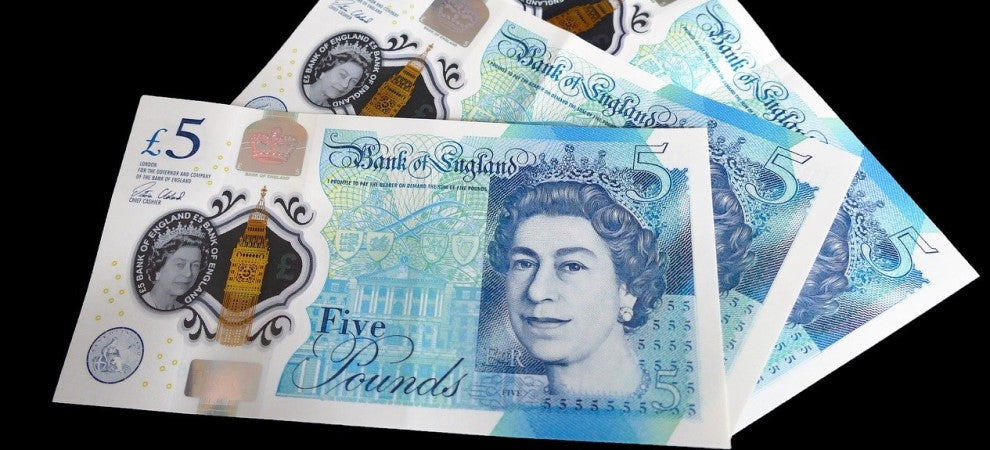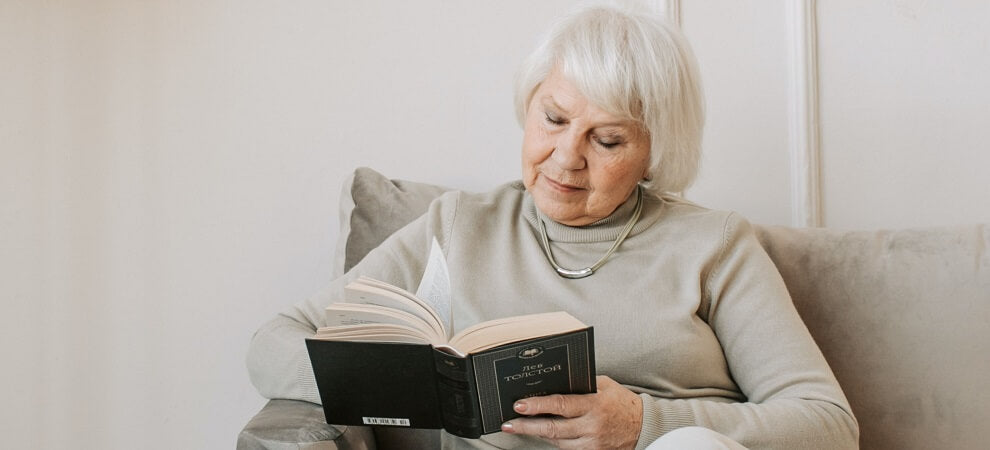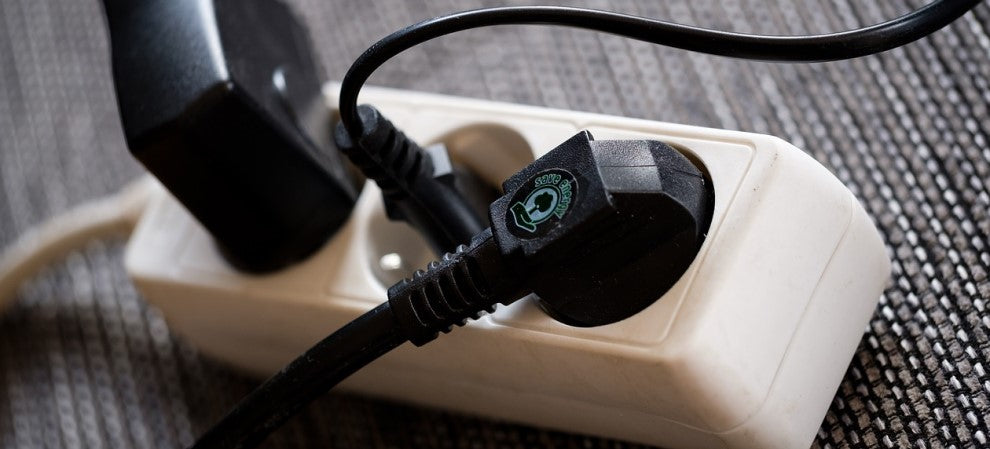
Personal Alarms


A Closer Look at Keysafes
Josh
Updated on

5 New Year's Resolutions for Older People
Josh
Updated on

A Guide to Winter Illnesses
Paul Henshall
Updated on

Personal Alarms for the Elderly Can Help the NHS
Thom
Updated on

Neighbours' Building Work: Your Right to Object
'@Lifeline24
Updated on
Technology

How Over-60s Can Cut Costs by Exploring Renewable Energy
'@Lifeline24
Updated on

8 Top Apps for Older People
Josh
Updated on

Mobile Phones for Older People
Josh
Updated on

Telephone Scams in 2024: Don't Be a Victim
Josh
Updated on

Social Media for Older People: A Helpful Guide
katie.smith@lifeline24.co.uk
Updated on

What Are the Benefits of a Smartwatch?
katie.smith@lifeline24.co.uk
Updated on
Health & Fitness

7 Sport and Fitness Activities for Older People
katie.smith@lifeline24.co.uk
Updated on

5 Exercises to Improve Your Balance
katie.smith@lifeline24.co.uk
Updated on

How to Commit to a Healthy Exercise Regime in Later Life
'@Lifeline24
Updated on

Wild Swimming: The Benefits for Older People
katie.smith@lifeline24.co.uk
Updated on

A Guide to the Different Types of Lung Disease
Paul Henshall
Updated on

Best Aids for Walking: Staying Mobile in Later Life
'@Lifeline24
Updated on
Finances

10 Great Freebies & Discounts for Over-60s
Josh
Updated on

Pensions: Everything You Need to Know
Josh
Updated on

Funeral Costs - A Useful Guide
Josh
Updated on

Benefits for Pensioners That You Should Be Receiving
katie.smith@lifeline24.co.uk
Updated on

How to Avoid Phishing and Scams
'@Lifeline24
Updated on

Personal Independence Payment: Everything You Need to Know
'@Lifeline24
Updated on
Seasonal

How to Keep Warm This Winter
Josh
Updated on

Winter Cities: We Look At The Top 5 To Visit This Year
James Connolly
Updated on

Best Ways to Prepare for the Summer Season
'@Lifeline24
Updated on

Father's Day Gift Ideas
Josh
Updated on

History of Daylight Savings: Why Do the Clocks Go Forward?
katie.smith@lifeline24.co.uk
Updated on

A Guide to St Patrick's Day
Josh
Updated on
Hobbies

Creative Writing and Its Cognitive Benefits
'@Lifeline24
Updated on

5 Benefits of Older People Having Pets
Josh
Updated on

Benefits of Learning a Foreign Language: It's Never Too Late
katie.smith@lifeline24.co.uk
Updated on

Top 8 Flowers to Grow this Summer
Josh
Updated on

Why You Should Read More Now You're Retired
'@Lifeline24
Updated on

Amazing Health Benefits of Gardening for Pensioners
Diana
Updated on
Medical Conditions

Shingles: A Useful Guide
Josh
Updated on

Advances in Cancer Treatments in 2023
'@Lifeline24
Updated on

Strokes: A Useful Guide
Josh
Updated on

Symptoms of a Heart Attack
Josh
Updated on

Chronic Kidney Disease: A Useful Guide
Josh
Updated on

A Guide to the Different Types of Dementia
katie.smith@lifeline24.co.uk
Updated on
Staying Safe

Travel Tips for Elderly Holidaymakers with Limited Mobility or a Disability
Julia Hammond
Updated on

5 Ways of Avoiding a Staircase Accident
Josh
Updated on

5 Ways to Improve Fire Safety at Home
Josh
Updated on

5 Ways to Improve Your Electrical Safety
Josh
Updated on

5 Ways of Staying Safe in the Bathroom
Josh
Updated on

Staying Safe at Home: 11 Top Tips for Older People
Thom
Updated on
Family

Accessible Holidays: Booking A Disability Friendly Getaway
elena.koefman
Updated on

Grief Counselling: The Importance of Discussing Loss
katie.smith@lifeline24.co.uk
Updated on

5 Things To Do After Your Parent Has a Stroke
katie.smith@lifeline24.co.uk
Updated on

Six Activities to Entertain the Grandkids
katie.smith@lifeline24.co.uk
Updated on

Christmas Activities: Fun Things To Do With Your Grandchildren
James Connolly
Updated on

Easter 2023 - 5 Activities To Do With Your Grandchildren
roshan.harvey
Updated on
